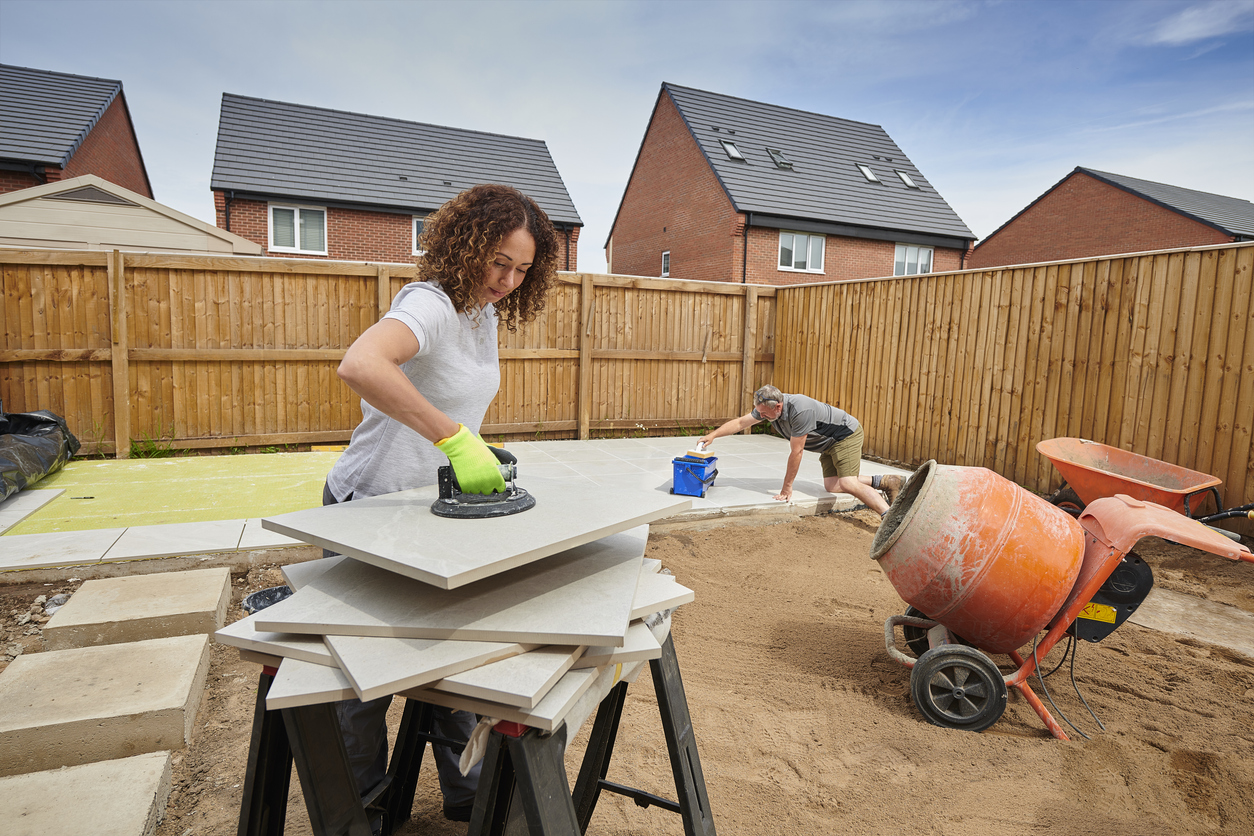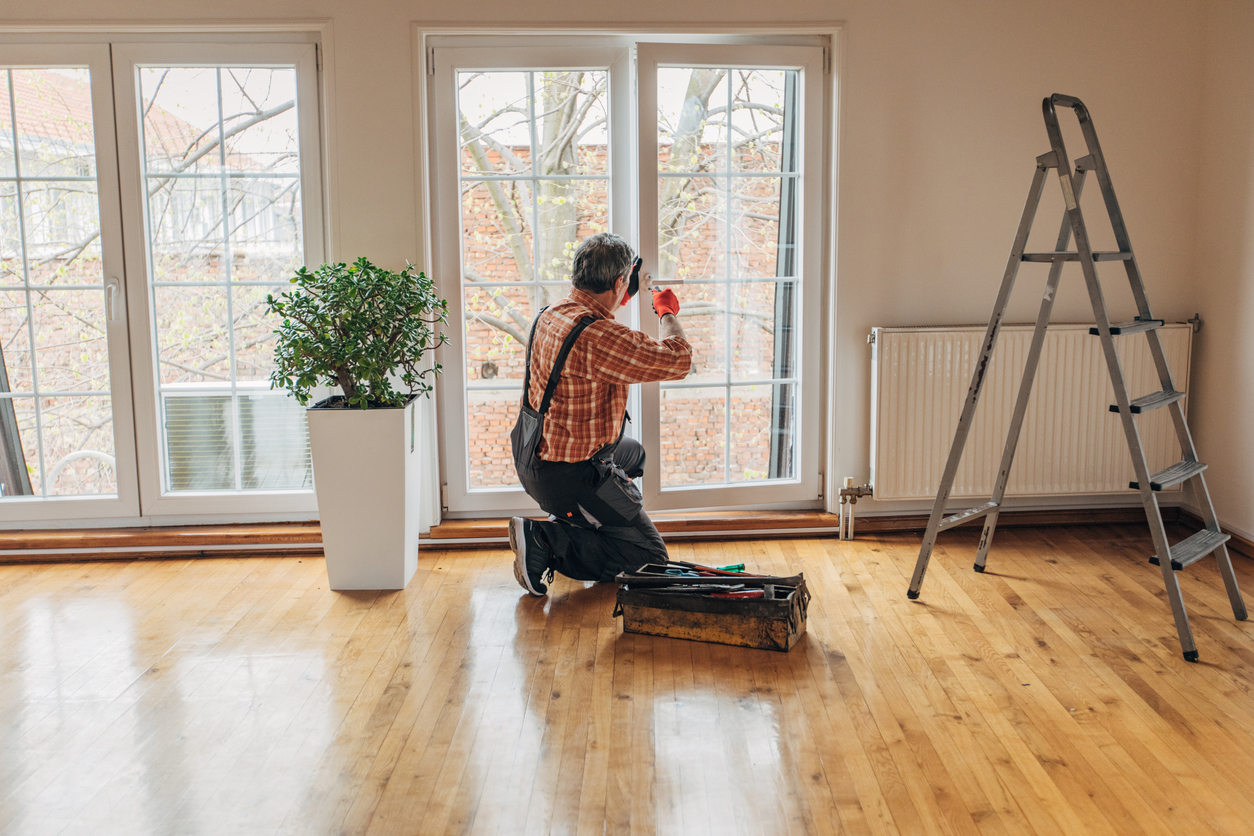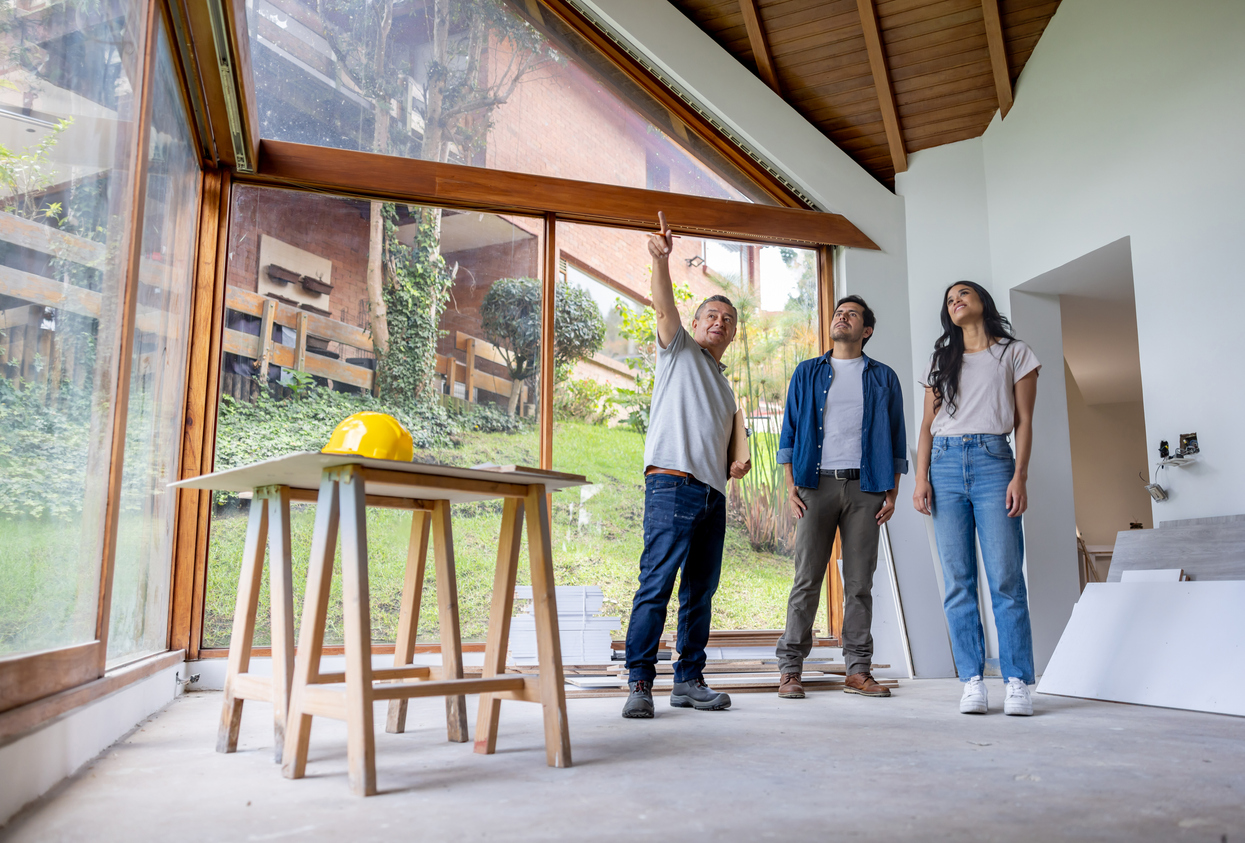
Key takeaways:
- Many outdoor upgrades offer a high return on investment, as they increase a home’s comfort and usability.
- Choose upgrades based on your lifestyle and priorities.
- A home equity agreement offers a viable option for many homeowners to finance larger outdoor upgrades.
With warmer weather upon us, many homeowners are turning their focus outdoors and eyeing projects that can increase their home’s comfort, usability, and potentially, value. Here, we take a look at some of the projects that can deliver a high return on investment – and some options on how to pay for them.
Return on investment (ROI) measures how much of the cost of an improvement you will add to your home’s market value if you were to sell. For example, a kitchen remodel that costs $20,000 and adds an estimated $10,000 of value to a home when it is sold would have an ROI of 50%.
However, keep in mind that you can still add value to your home without recouping the full cost of a project. While some improvements will provide a positive ROI, few will deliver a 100% return, but will still offer plenty of lifestyle benefits. In addition, the ROI for any project will depend on the specific project you undertake, the current housing market and your location – even down to your neighborhood. Keep an eye on the market, too. Design and material prices can fluctuate and rise dramatically, impacting your potential ROI.
Landscaping
Updating your outdoor space can make your life at home more enjoyable and functional while adding value to your home. The ROI will vary dramatically depending on what type, and extent, of projects you take on, and where you live. Costs can range from $1,000 – or even less – to tens of thousands of dollars, Whatever the cost, experts estimate ROI anywhere from 25% to 400%.
It’s a good idea to start with the basics, making sure your lawn and gardens are well-groomed and healthy. You can often handle weeding, trimming bushes and hedges, and maintaining flower beds yourself, or by hiring a local individual or service. You’ll also want to keep the sprinkler system in working order. ROI for a well-maintained lawn can be more than 200%.
Then consider your lifestyle and decide how you really want to use your outdoor space. Maybe it’s an expanded garden with raised beds. Or perhaps you want an entertainment space, or a place for kids to play. Depending on where you live, xeriscaping can drastically reduce water and maintenance costs while adding significant value to your home.
Adding or updating a deck or patio
A deck or patio in good shape can add substantially to your home’s value – and your enjoyment. Costs for a deck will vary widely depending on whether you’ll need to build a substructure, if you’ll install a railing, the size, and on your design and material choices. Installing a patio can involve excavating the site.
The cost to add a deck can vary significantly, but generally, expect to pay between $8,000 and $35,000, or $30 to $60 per square foot. Labor costs typically account for about 40% of the total project cost.
Outdoor kitchen
Outdoor cooking facilities can range from a grill to an entire outdoor kitchen. Costs can range from a few thousand dollars all the way up to $70,000. The ROI can range from 55% to 200%, depending on how extensive your project is and where you live. You’ll also need to determine your own personal return based on how much you expect to actually use an outdoor kitchen. If you live in a cold climate where you may be cooking outside just a few months a year, will the cost be worthwhile for your overall lifestyle?
Big returns for less money
Some of the outdoor projects boasting the highest return on investment are those that cost less, according to the National Association of Realtors’ annual Remodeling Impact Report.
- Garage door replacement. Replacing an existing door for a two-car garage can cost less than $5,000 but return anywhere from 100% to almost 200%. This upgrade would include a higher-quality, insulated door with heavy-duty galvanized steel tracks, ball-bearing urethane rollers and insulated windows in the top panel.
- Entry door replacement. A new steel door with a dual-pane half-glass panel and new lockset averages around $2,500 and can generate a return of 188%. A more expensive fiberglass entry door can net an ROI of about 80%.
- Manufactured stone veneer. Replacing a band of existing vinyl siding with adhered manufactured stone veneer on a street-facing façade can cost $10,000 or more – depending on the area you cover – while providing a 153% return.
Paying for your outdoor upgrade
The first step in planning for your home improvements is to determine what your particular project will cost. Given rapidly changing material and labor costs, you’ll want to include a healthy contingency amount. Depending on your skills and available time, you may be able do it yourself, or employ a professional to do some of the work while you handle certain pieces.
Once you have an idea of the cost, you can see if your regular monthly budget can accommodate the cost of your planned projects. If not, you’ll need to evaluate payment options. There are several, but one to avoid is your credit card. With interest rates averaging more than 20%, it is almost always the most expensive way to pay for an outdoor upgrade project.
- Savings. Ideally, you will plan ahead and save up each month to pay for your upgrade.
- Personal loan. One of the most popular uses of personal loans is to pay for home improvements. These loans are available from banks, credit unions and independent lenders, typically for up to $50,000, although some have higher limits. Personal loans come with monthly payments (with interest) you make over a designated time period, usually between two and five years. You’ll also incur origination fees (2-7% of the amount you borrow), and there may be late fees and prepayment fees.
Qualification for the loan itself, and the interest rate you’ll receive, is based largely on your credit profile. Lenders also will look at your debt-to-income ratio. - Home equity loan (HEL) or home equity line of credit (HELOC). Some homeowners turn to home equity to fund outdoor upgrades. With an HEL, you’ll receive the total amount you borrow in one lump sum. The interest rate – and your monthly loan payment – won’t change during the loan’s term.
A HELOC works more like a credit card, where you draw money as you need it (up to the limit the lender has extended). Interest – and monthly payments – are generally variable, although some fixed-rate HELOCs are available. You’ll pay interest only on the amount you draw. Both an HEL and a HELOC use your home as collateral, so if you miss payments, you run the risk of foreclosure and losing your home. - Home equity agreement (HEA). An HEA, also known as a home equity investment, lets you access your home equity without taking out a loan. Qualification is much easier than with loan options. There are no income requirements, and no associated monthly payments. You will receive cash up front in exchange for a portion of the future value of your home. With Unlock’s HEA, you can buy back your equity at any time during the 10-year agreement term. For many people, that happens when they sell their home.
- Home improvement loan. Some lenders offer “home improvement loans.” These are generally just personal loans. Larger contracting businesses that offer these loans are typically partnering with lenders that offer personal loans. In these cases, the contractor maintains a relationship with the lender to refer customers. Borrowers still must qualify as they would with a personal loan.
Making your decision
Deciding on home improvement projects requires careful planning. You’ll need to consider your design preferences, your family’s lifestyle and your budget. Tapping your home equity with a home equity agreement can be a viable option for homeowners who’ve built up substantial equity in their homes and want to avoid a monthly loan payment.
The blog articles published by Unlock Technologies are available for general informational purposes only. They are not legal or financial advice, and should not be used as a substitute for legal or financial advice from a licensed attorney, tax, or financial professional. Unlock does not endorse and is not responsible for any content, links, privacy policy, or security policy of any linked third-party websites.”


